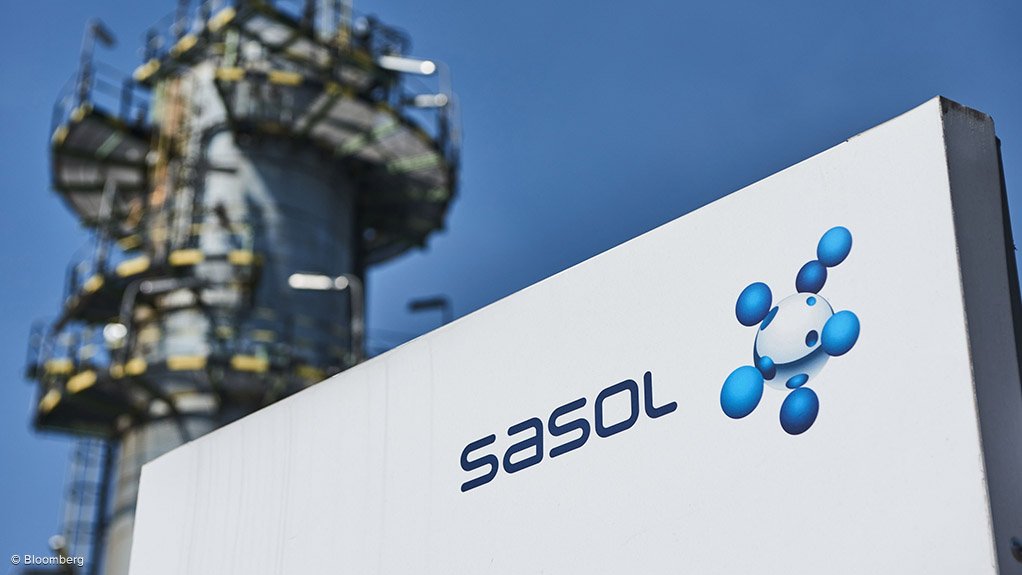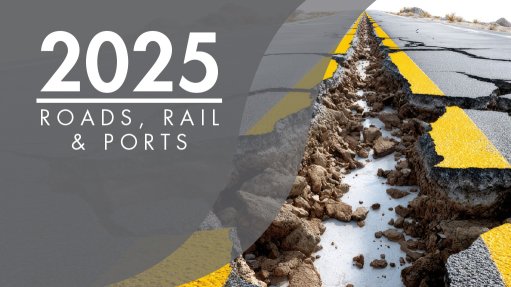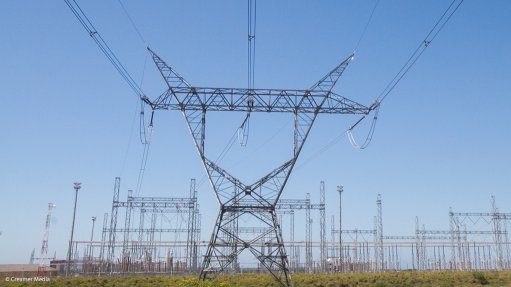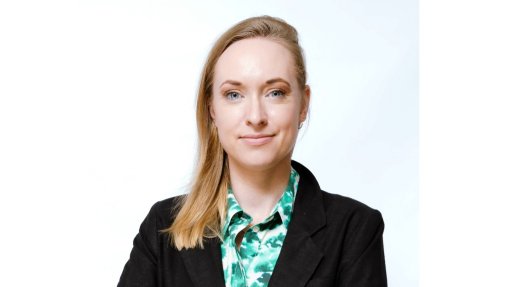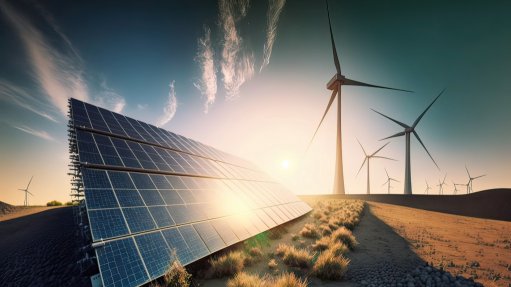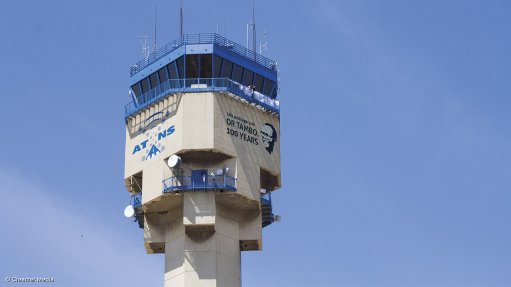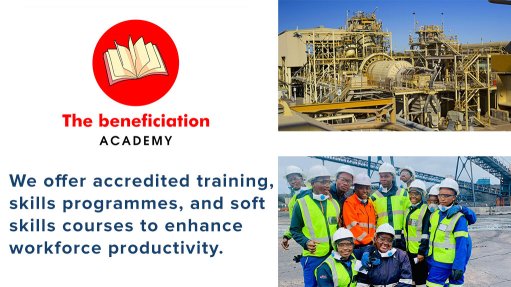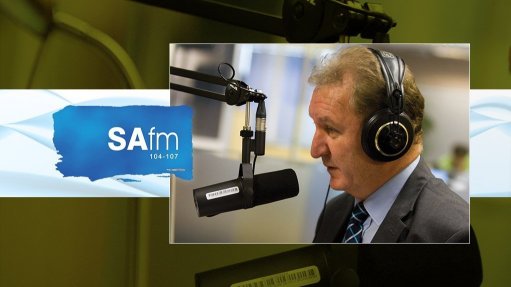Sasol’s gas supply and volatile oil raise sustainability risks
Sasol’s declining gas reserves and its susceptibility to volatile oil prices is drawing scrutiny over the sustainability of the business and its plans to reduce emissions.
The South African fuel and chemical maker primarily uses coal in a synthetic production process at its Secunda operations — the world’s largest single-point emitter of greenhouse gas. It plans to lower emissions 30% by 2030, which hinges on replacing some of the dirtiest fossil fuel with more gas, but Sasol’s fields in Mozambique are in decline.
“Sasol has very limited capacity to undertake the business, economic and technical transformations needed to align Secunda with a future highly carbon constrained world,” according to researchers at the Trade & Industrial Policy Strategies (TIPS), a nonprofit economic research institution.
“Without significant fixed cost reductions Secunda margins will be squeezed, and the breakeven oil price required for Secunda will increase,” they wrote in a policy brief.
The company’s plans to decarbonize have gone in fits and starts. Former CEO Fleetwood Grobler said in a 2022 interview that the company didn’t have a strategy to transition to green energy until 2021, and looked to accelerate the development of green hydrogen to help meet a net zero goal for 2050.
Current Sasol CEO Simon Baloyi, since taking over the role in April, has suggested that the emissions target be broadened to a range. He’s also changed the company’s position to consider liquefied natural gas imports to sell on to customers of the fuel.
“What is likely to happen is an increased reliance on LNG beyond 2028 — which will give them some time while they explore other supply options but will also increase costs,” said Salih Yilmaz, a Bloomberg Intelligence analyst. “While LNG can give them a little bit of flexibility, it also requires infrastructure.”
South Africa’s biggest company by revenue said on Tuesday it’s in talks with several potential LNG suppliers and terminal developers, including TotalEnergies for supply imported to Mozambique’s planned terminal in Matola, near the capital Maputo. A spokesperson declined to comment on the TIPS analysis or other questions beyond what’s available in public documents.
In a listing of risks to the business, Sasol in a Sept. 6 filing with the Securities and Exchange Commission said it “may be unable to access, discover, appraise and develop gas resources at a rate and price that is viable to sustain our business and/or enable growth.”
The company remains “constrained by its exposure to volatile Brent crude oil and commodity prices” along with “large exposure to carbon transition risk” which requires significant investments, Moody’s Ratings said in a periodic review notice on October 10.
Sasol would need an oil price of nearly $55 a barrel for a typical fuel and chemicals output of 7.5-million tons a year from Secunda, shifting to $63 a barrel when gas is depleted and production falls to 6 million tons, according to TIPS. That could rise above $85 a barrel if South Africa’s carbon tax is increased to $30 a ton, the research showed.f
Article Enquiry
Email Article
Save Article
Feedback
To advertise email advertising@creamermedia.co.za or click here
Comments
Press Office
Announcements
What's On
Subscribe to improve your user experience...
Option 1 (equivalent of R125 a month):
Receive a weekly copy of Creamer Media's Engineering News & Mining Weekly magazine
(print copy for those in South Africa and e-magazine for those outside of South Africa)
Receive daily email newsletters
Access to full search results
Access archive of magazine back copies
Access to Projects in Progress
Access to ONE Research Report of your choice in PDF format
Option 2 (equivalent of R375 a month):
All benefits from Option 1
PLUS
Access to Creamer Media's Research Channel Africa for ALL Research Reports, in PDF format, on various industrial and mining sectors
including Electricity; Water; Energy Transition; Hydrogen; Roads, Rail and Ports; Coal; Gold; Platinum; Battery Metals; etc.
Already a subscriber?
Forgotten your password?
Receive weekly copy of Creamer Media's Engineering News & Mining Weekly magazine (print copy for those in South Africa and e-magazine for those outside of South Africa)
➕
Recieve daily email newsletters
➕
Access to full search results
➕
Access archive of magazine back copies
➕
Access to Projects in Progress
➕
Access to ONE Research Report of your choice in PDF format
RESEARCH CHANNEL AFRICA
R4500 (equivalent of R375 a month)
SUBSCRIBEAll benefits from Option 1
➕
Access to Creamer Media's Research Channel Africa for ALL Research Reports on various industrial and mining sectors, in PDF format, including on:
Electricity
➕
Water
➕
Energy Transition
➕
Hydrogen
➕
Roads, Rail and Ports
➕
Coal
➕
Gold
➕
Platinum
➕
Battery Metals
➕
etc.
Receive all benefits from Option 1 or Option 2 delivered to numerous people at your company
➕
Multiple User names and Passwords for simultaneous log-ins
➕
Intranet integration access to all in your organisation



